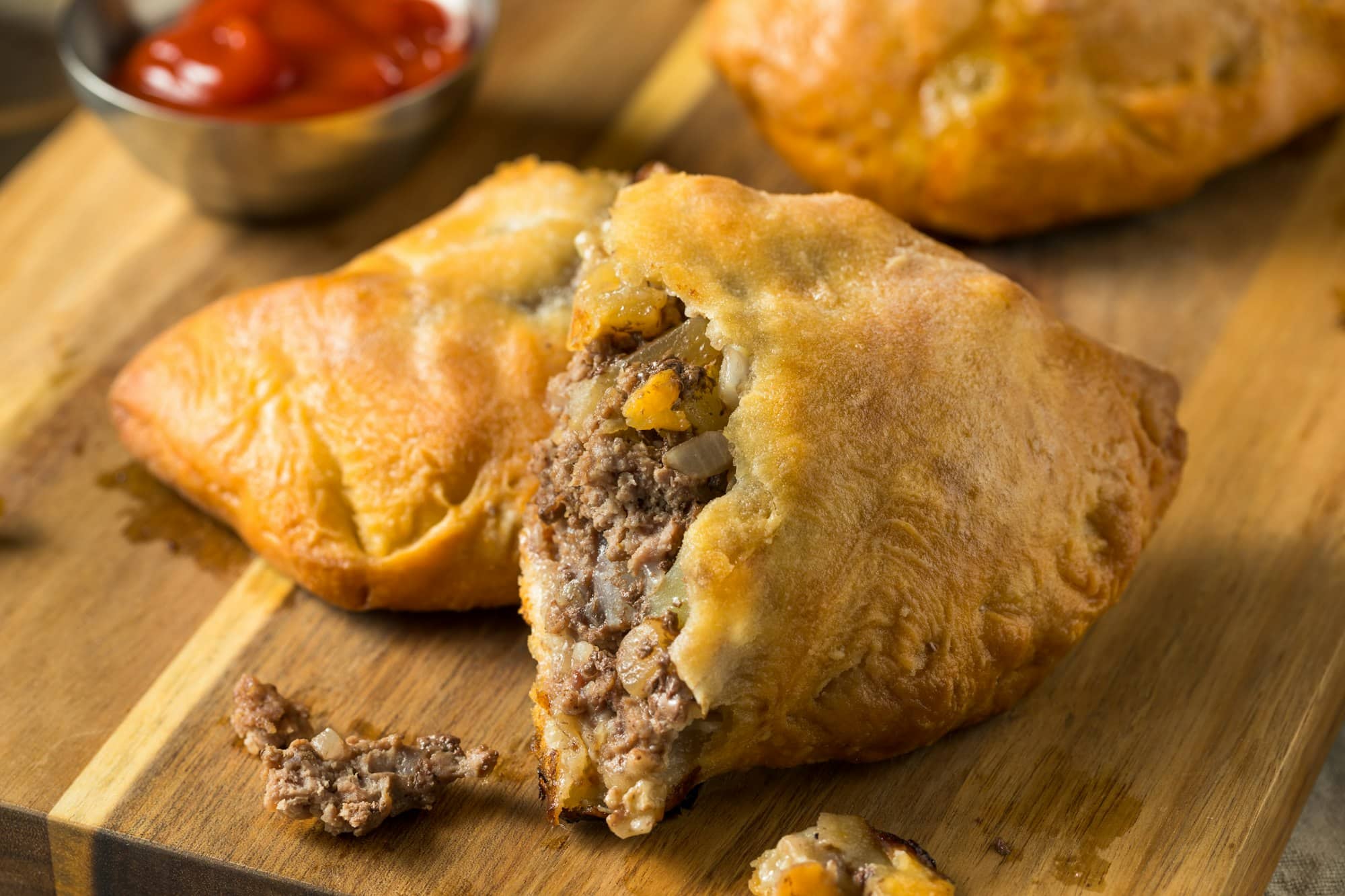Welcome to the world of British culinary delights! For today’s culinary journey, we are venturing into the heartlands of Cornwall, famed for its unique and delicious creation – the Cornish Pasty. This quintessential British food is an iconic staple that stands as a symbol of Cornwall’s rich mining history and heartwarming gastronomy. Today, we will share expert tips, secrets, and recipes from UK’s master chefs to help you craft the perfect Cornish Pasty right in your kitchen.
The History and Tradition of the Cornish Pasty
Before diving into the actual recipes and techniques, let’s take a moment to appreciate the rich history and tradition surrounding this humble pastry. The pasty, a hand-held meat & vegetable pie, originated as a convenient lunch for tin miners in Cornwall. These hearty pasties were packed with filling ingredients, providing the hardworking men with enough sustenance to keep them going throughout their laborious day.
En parallèle : What Are the Most Efficient Solar Panel Technologies Available for UK Homeowners?
The Cornish Pasty has a distinctive ‘D’ shape, with a crimped edge on one side. This crimped crust served as a handle of sorts for the miners, who could eat their pasty without worrying about their dirty hands touching their food. Today, this simple pastry has been elevated to gastronomic heights, with traditional recipes being guarded like precious jewels by the locals.
Perfecting the Pasty Pastry
A good pasty starts with the perfect pastry. The pasty dough needs to be sturdy enough to hold the filling without breaking apart, yet flaky and tender when baked. The secret to achieving this balance lies in the use of strong bread flour and a generous amount of cold butter.
A voir aussi : How Can Precision Fermentation Advance the UK’s Plant-Based Food Industry?
To make the dough, you will need about 500g of bread flour, 120g of cold butter, a pinch of salt, and enough cold water to bring the ingredients together. Start by sifting the flour and salt into a large bowl. Cut the cold butter into cubes and rub them into the flour using your fingertips until you get a breadcrumb-like texture. Gradually add the cold water, mixing the dough until it comes together. Cover the dough with cling film and refrigerate for at least 30 minutes before using.
Filling the Pasty
The traditional filling for a Cornish pasty is a hearty mix of diced beef (preferably skirt steak), potato, swede, and onion, seasoned with salt and pepper. The ingredients are uncooked before they are encased in the pastry, allowing them to steam within the pasty and meld their flavors together.
To fill your pasty, roll out the chilled dough to a thickness of about 3mm. Cut out circles of about 20cm in diameter. Now place a handful of the filling on one half of each circle, leaving a border around the edge. Brush the edge with water, fold the dough over the filling and crimp the edges to seal. Make sure to leave a small hole at the top to let the steam escape during baking.
Baking the Pasty
Baking the Cornish pasties to perfection is something that requires careful attention. The pasties need to be baked in a hot oven (220°C/200°C fan/gas 7) for about 10 minutes, then the heat should be reduced (to 180°C/160°C fan/gas 4) and the pasties should be baked for a further 40 minutes until they are golden brown.
Before baking, brush the pasties with a beaten egg to give them a rich, golden color. Don’t forget to put a baking sheet in the oven to heat up while you’re preparing the pasties – this helps the base of the pasties to cook properly.
Tips for the Perfect Pasty
Crafting the perfect Cornish pasty is not just about following a recipe to the letter. It’s about understanding the techniques, the ingredients, and the traditions that make this dish so special.
The best tip from master chefs is to use good quality, fresh ingredients. Skirt steak, a cut of beef with a lot of flavors, makes for an excellent filling. Similarly, using a strong bread flour for the pastry will ensure that it is robust enough to hold the filling without breaking apart.
Another important tip is to not overwork the dough. When mixing the dough, treat it gently. This will ensure that the pasty is tender and flaky when baked.
Finally, when it comes to crimping the edges of the pasty, practice makes perfect. The distinctive ‘D’ shape of a Cornish pasty is achieved by crimping the edges of the pastry. This can be a bit tricky at first, but with practice, you will soon be making pasties like a true Cornish baker.
Serving and Storing the Cornish Pasty
Now that your beloved pasties are baked to perfection, it’s time to enjoy the fruit of your hard work. Fresh out of the oven, a Cornish pasty is best served hot, with the pastry flaky and golden, and the filling savory and juicy. It’s a complete meal in itself, often enjoyed with a side of pickles or a simple salad.
When eating, you’ll enjoy the delicate balance of the flavors and textures – the sturdy yet tender pastry, the robust filling of beef skirt, potato, swede, and onion, all complemented by a simple seasoning of salt and pepper. This is the essence of a traditional Cornish pasty, a testament to the simplicity and heartiness of British food.
However, if you have leftovers or have made a bigger batch, Cornish pasties can also be refrigerated or frozen for future enjoyment. To store them, let the pasties cool completely before placing them in an airtight container. If refrigerated, they can last for up to three days. If frozen, they can last up to three months. To reheat, simply place them in a preheated oven (180°C/160°C fan/gas 4) for 20 minutes from the fridge, or 40 minutes from frozen, until they’re hot throughout.
Conclusion: Unleash Your Inner British Chef
Crafting an authentic Cornish pasty is no simple feat. It is a labor of both love and skill, a culinary craft passed down through the generations of Cornish miners and their families. But with this detailed recipe, expert techniques, and a bit of practice, you can recreate this iconic piece of British gastronomy right in your kitchen.
Remember, the key to a great pasty lies in the quality of the ingredients and the care taken in each step of the process. Use fresh, good quality beef skirt, strong bread flour, and plenty of cold water in your pastry. Be gentle with your dough, take your time with the crimping, and don’t forget that all-important egg wash before baking.
Whether you choose to stick to the traditional beef, potato, swede, and onion filling, or experiment with variations like cheese and onion, the most important thing is to enjoy the process. The Cornish Pasty Association maintains that the dish is as much about the act of making it as it is about the delicious end result.
So go on, channel your inner British chef, and enjoy the process of making your very own, authentic Cornish pasty. It’s a journey into the rich culinary history of the UK, a celebration of its humble, hardworking roots, and a delicious treat to share with family and friends. Enjoy!












